Roofing Services in Marylebone are essential to protecting property value and safety—preventing leaks, damp, and costly energy loss. Serving London and the Home Counties, every project is handled with strict compliance, care, and long-lasting performance, safeguarding homes, commercial premises, and heritage properties.
With decades of experience, key accreditations (Which Trusted Trader, CITB), and trusted suppliers including Welsh Slate, ALM Lead, and Kemper, you can rely on professional standards from start to finish.
Book a free survey today and protect your property.

Neglecting roofing problems leads to leaks, damp, insulation failure, and escalating structural costs. Delaying action always increases risk and expense for owners of any building.

Professional Roofing Services in Marylebone tackle these issues early, delivering weather protection, energy efficiency, and full compliance with building regulations. Homeowners gain peace of mind, landlords secure long-term value, and businesses enjoy safe, efficient premises. Proactive care is a sound investment, whether you need a repair, a new roof, or specialist upgrades.
Roofing Services in Marylebone span installations, repairs, upgrades, and restorations for houses, businesses, and heritage buildings. Each service maximises performance and compliance, using premium materials from trusted brands. Every project is tailored to your property and delivered with safety, care, and durability in mind.
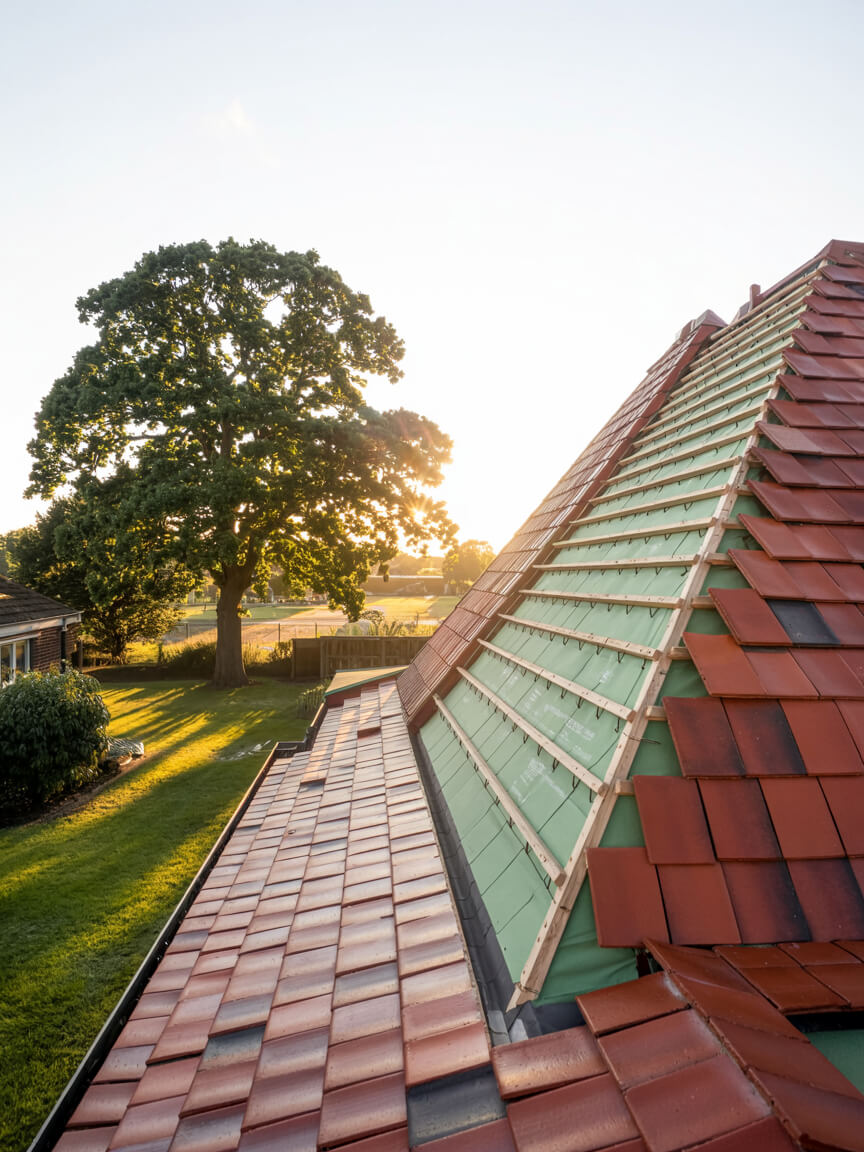
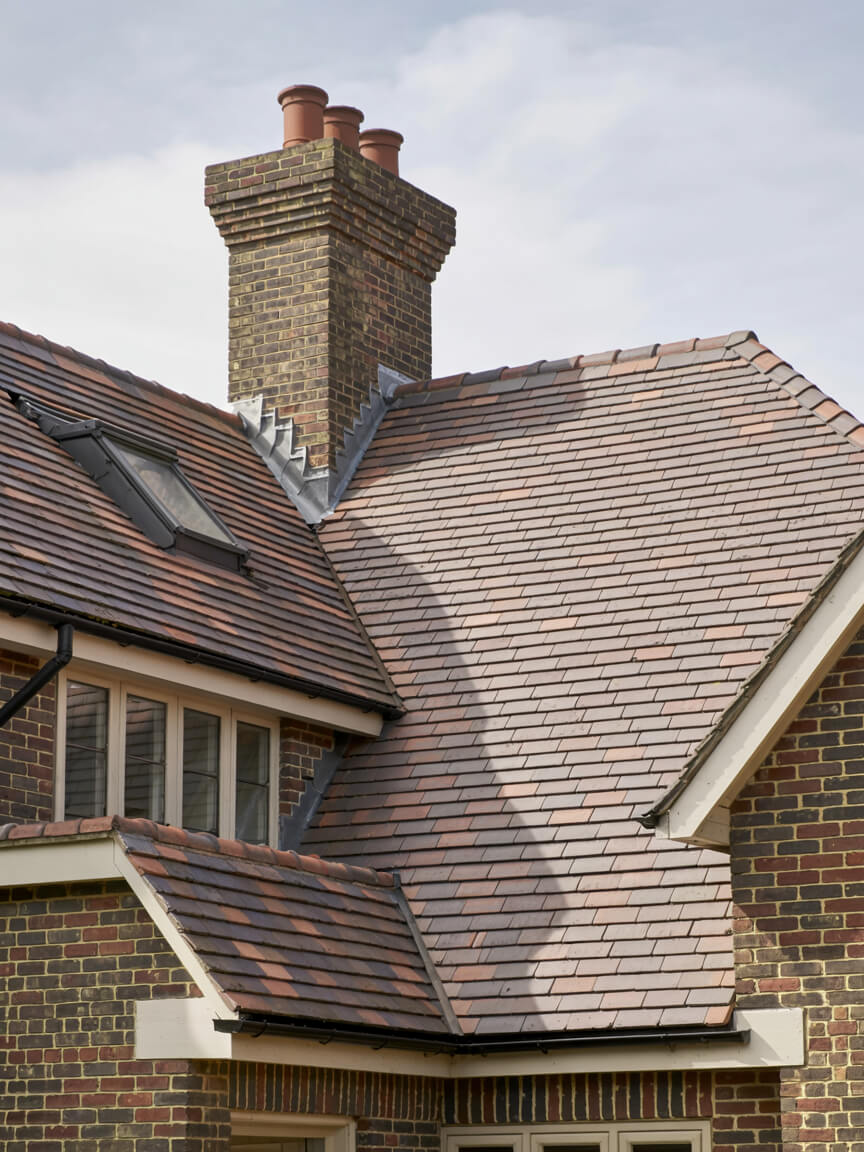
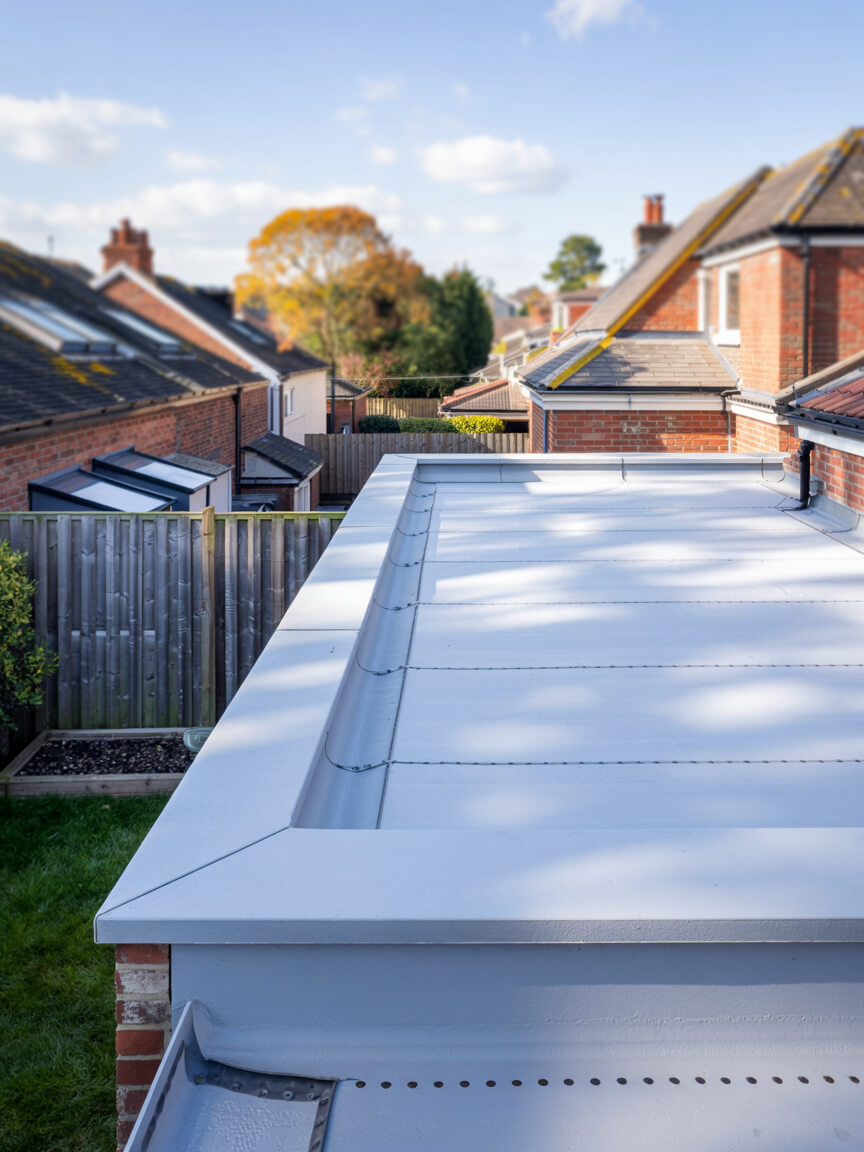
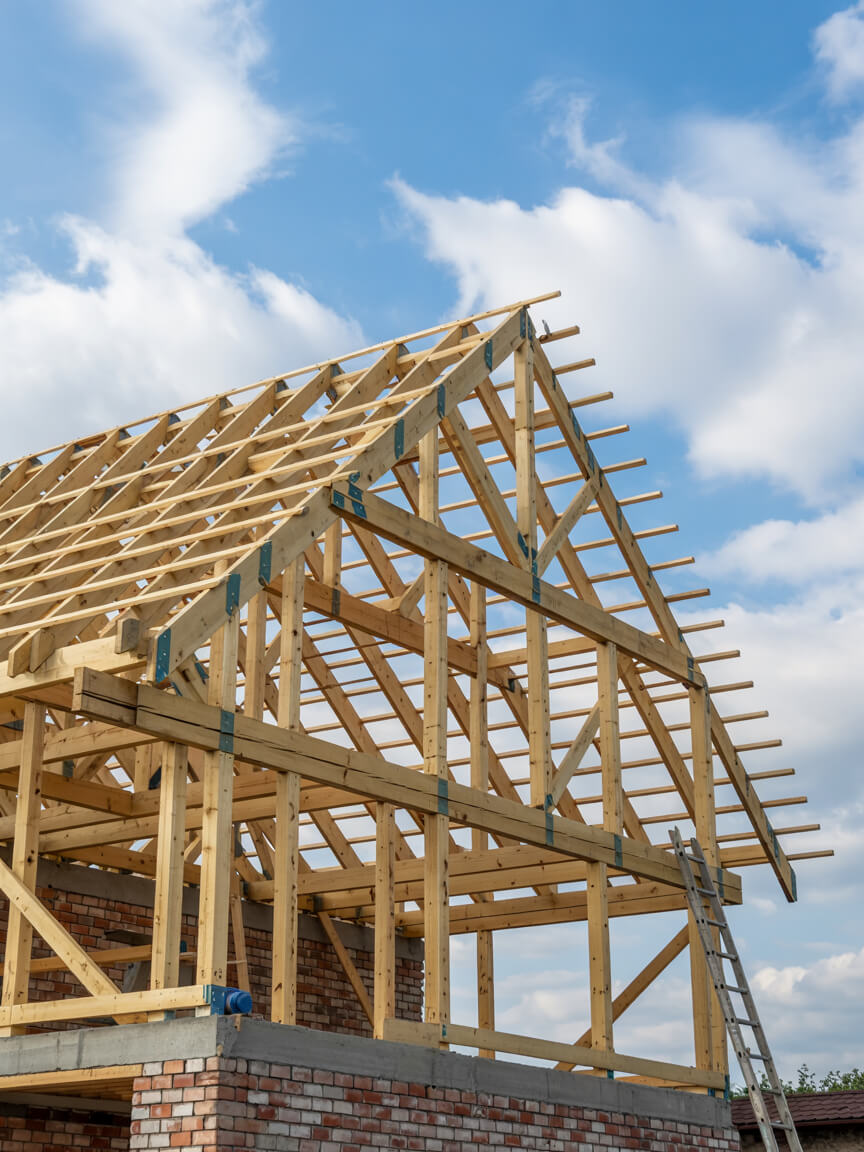
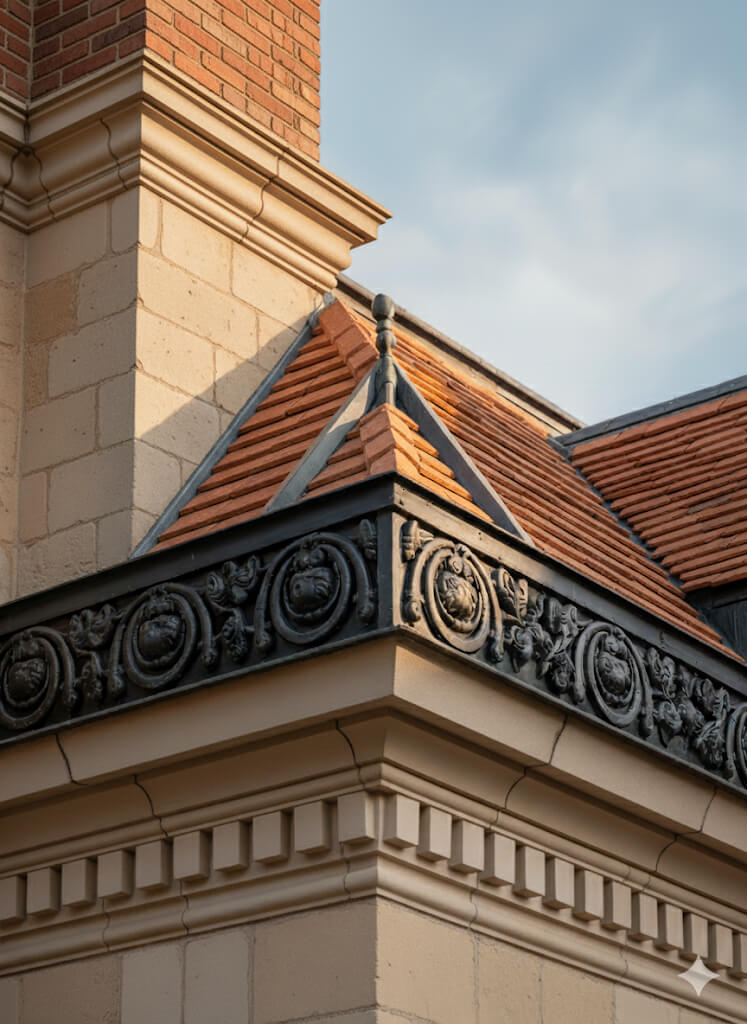
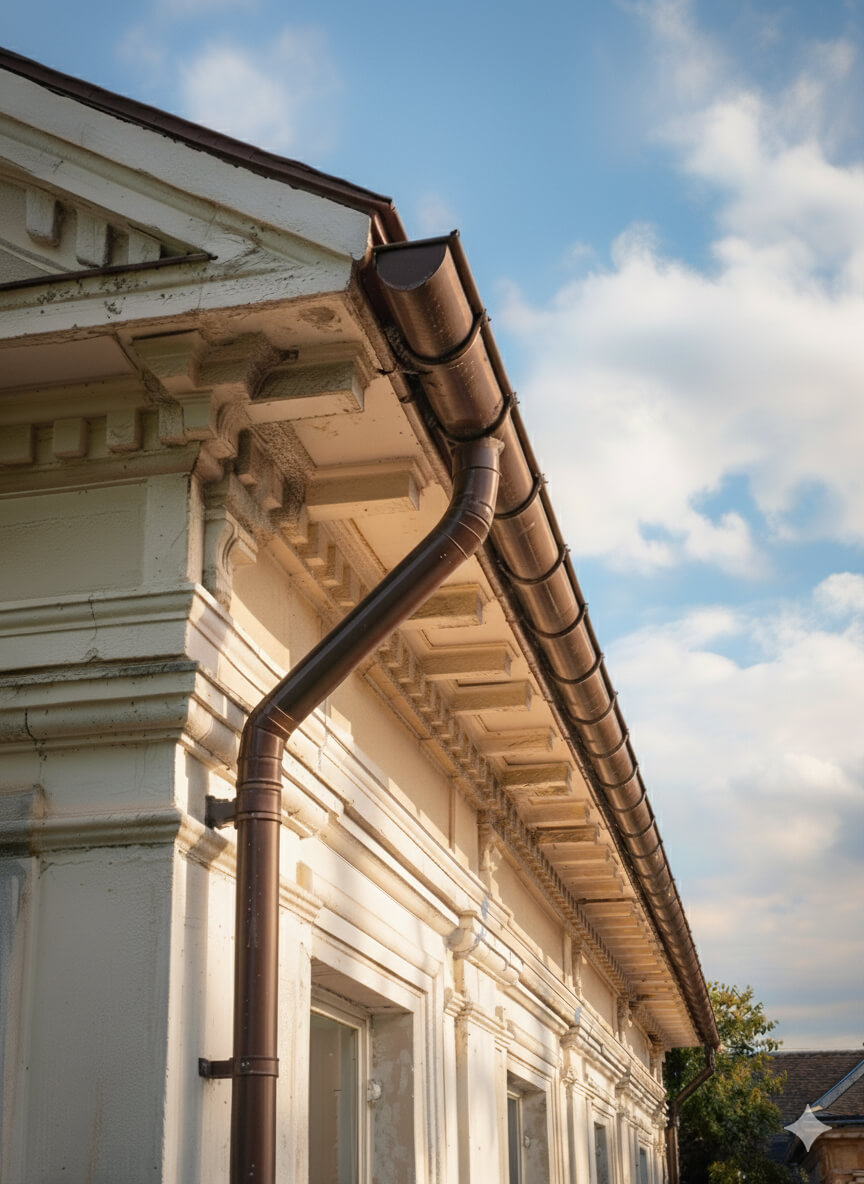

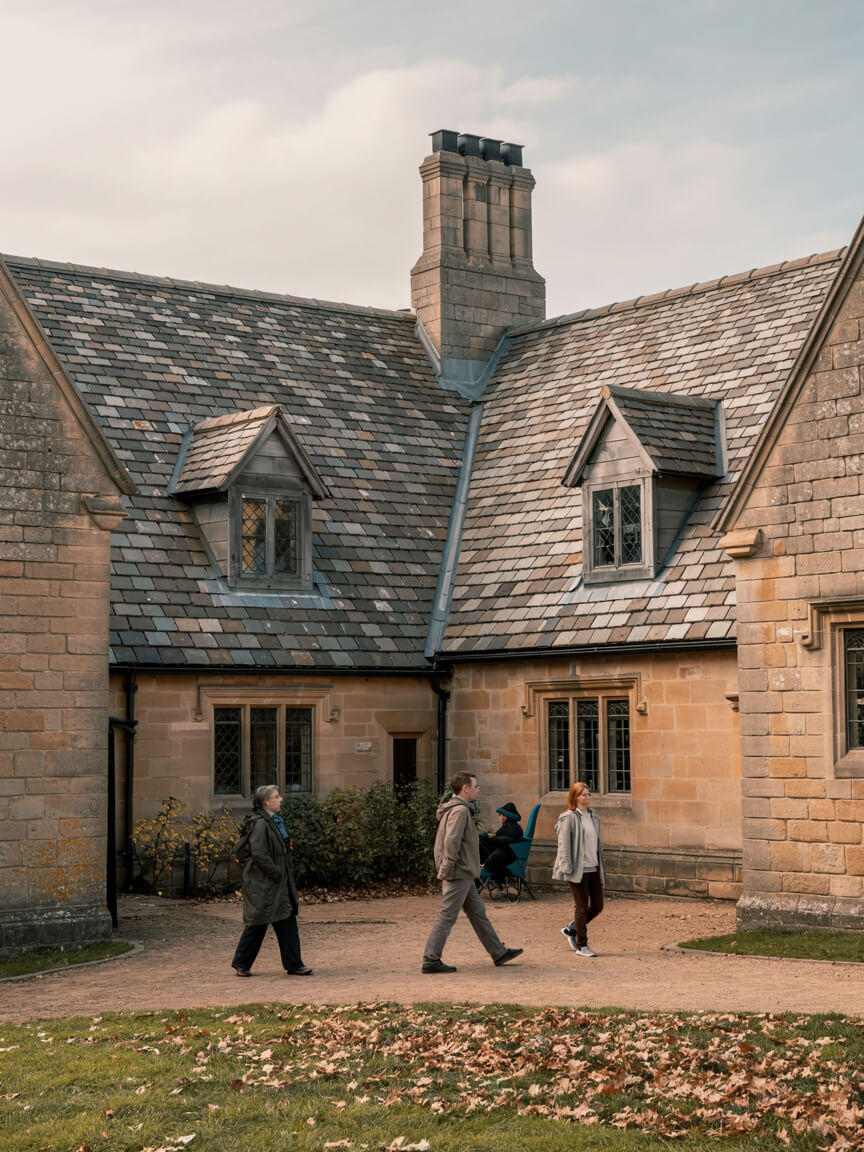
Every Roofing Services in Marylebone project is adapted to property type, roof structure, and environmental demands. Tailoring ensures compliance with regulations, minimises disruption, and maximises long-term value. From homes and businesses to industrial sites and listed heritage buildings, our flexible approach guarantees roofing solutions that meet unique needs while delivering safety, efficiency, and reliability.
Homes, extensions, and listed buildings.
Offices, retail, schools, and hospitality.
Warehouses, factories, and logistics sites.
Every Roofing Services in Marylebone project follows proven steps with quality materials. Whether a new installation, upgrade, or repair, each layer adds durability, safety, and efficiency—tailored to protect your property and meet regulatory standards.
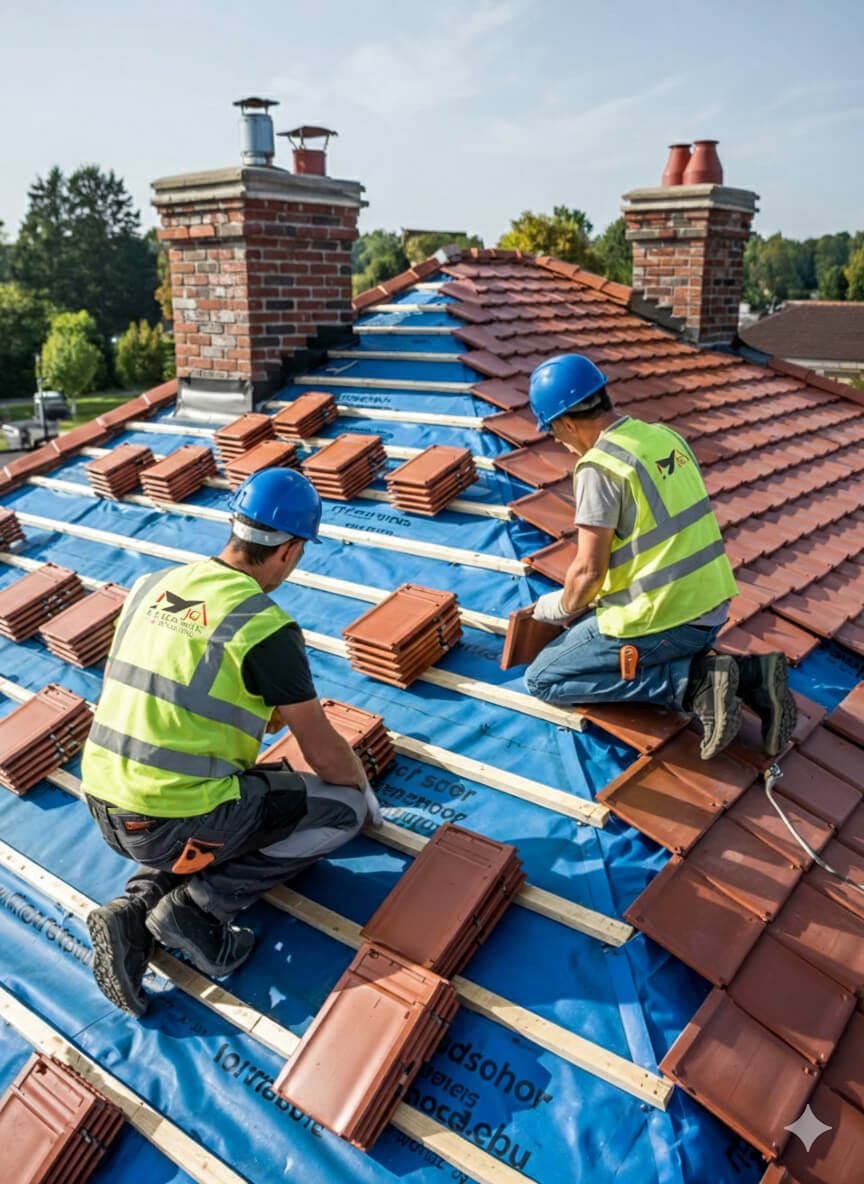
Get a free, no-obligation quote today.
Our experts are standing by to help you choose the perfect flat roofing solution.
⏱ Response within 24 hours guaranteed
Accredited by Which Trusted Trader, CITB, and approved by Kemper and Westwood, our team delivers safe, compliant, and warranty-protected Roofing Services in Marylebone projects. These credentials mean guaranteed standards and long-term assurance—reinforced by the positive client reviews that consistently highlight quality, professionalism, and trust.


Complete reroofing. Living in Singapore at the time and T was super responsive and communicative.
Replacement of lead box gutter and new flashing to parapet wall. I had an excellent experience using James and the team. He was very prompt in all aspects of communication and completed a first class job. Really pleased.
James completed some repairs on our roof and replaced some of our pebble dash by the roof as well. He was very thorough and fixed everything. He kept us really informed by taking photos and showing us what he did and keeping us updated. It also went onto our neighbours roof and he did the same fo...
We had a leak in our bedroom and James fixed the roof for us to stop it from leaking. All the work came with a warranty. The work that was carried out was good. James and his team were polite, and did all the work quickly and without too much interruption to our day-to-day lives. Would recommend ...
J G Leadworks have repaired and replaced the roofs and gulleys over our warehouse and workshops which have meant both areas are now watertight
James and team were incredibly responsive to my request to look at a serious leak issue on my flat roof. They did a very thorough investigation and explained in detail the issue and gave a fair quote. They were quick to book in and complete the work and have checked in afterwards a few times to m...
James was quick to respond to the initial contact and was able to work around some time constraints I had. He explained what needed doing clearly and was happy to answer follow up questions. He took pictures to show each stage and I feel confident in the work that was done by James and the team. ...
JG Roofing were very easy to work with. Their quote was sensible and they stuck to that figure. They completed many repairs to my roof including, rebuilding a leaded gutter, reinforcing rotten rafters, rebuilding a long felted gutter and felting parapet walls, resurfacing and felting a flat roof,...
Planning and legal checks protect clients from costly errors, delays, and non-compliance, ensuring roofing projects meet regulatory and safety requirements.
Permission is typically required for listed properties, conservation areas, or major roof alterations. All projects must also satisfy Building Regulations, including Part A (structural safety) and Part L (energy efficiency), ensuring compliant and future-proofed installations.
Our team manages the full process, from initial surveys to legal guidance, preparing documentation, and liaising with local authorities where needed. Whether working on modern homes or heritage sites, we ensure every project is delivered legally, safely, and with minimal disruption—providing complete reassurance and peace of mind to property owners.

Every project unites skilled workmanship with rigorously tested materials.
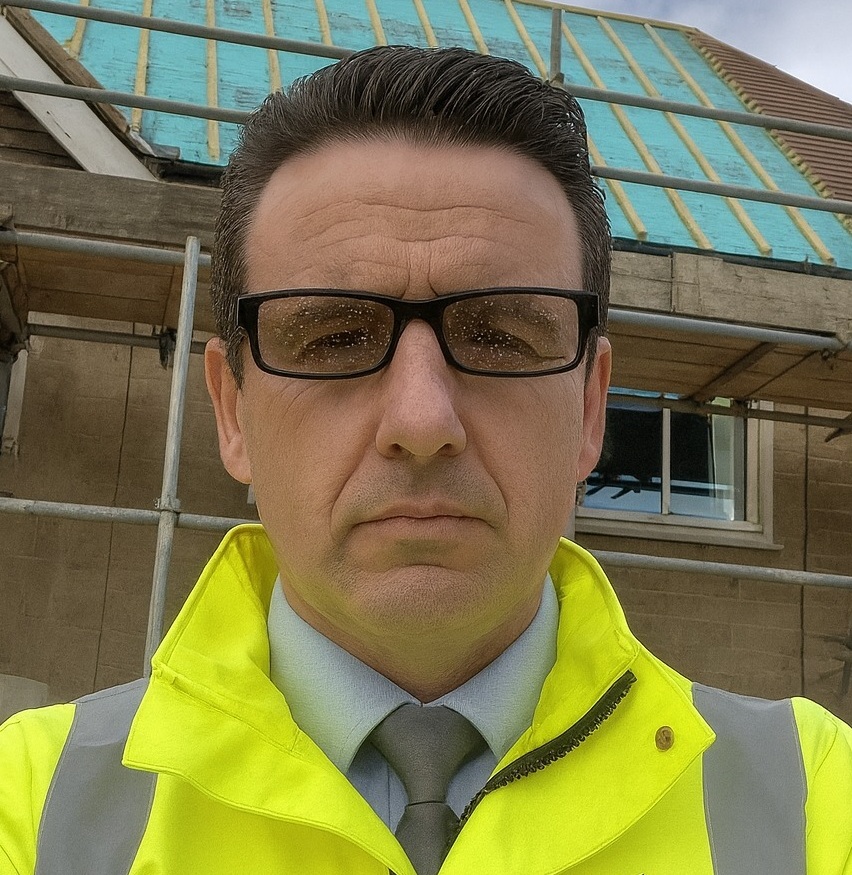
With 25 years of experience in lead sheet roofing, James is a trusted expert in heritage roofing, slate, and tiling. His knowledge of traditional methods, paired with modern compliance, makes him a go-to specialist for projects that demand both craftsmanship and durability.
Roofing Services in Marylebone provides lasting protection, efficiency, and value, delivering durable, compliant roofing solutions that safeguard every type of property investment.
Selecting Roofing Services in Marylebone involves balancing durability, budget, compliance, and aesthetics to secure the best-fit roofing solution for your property.
Why Clients Choose JG Leadwork and Roofing
With decades of trade experience, our teams understand the unique demands of London and Home Counties roofing. From heritage-listed properties to contemporary extensions, we adapt solutions to local regulations, weather conditions, and architectural styles with precision.
Accredited by Which Trusted Trader, CITB, and approved by Kemper, Westwood, IKO, ALM, and other leading suppliers.
These credentials guarantee safety, compliance, and access to manufacturer-backed warranties, giving clients peace of mind that their project meets the highest professional standards and benefits from warranty protection.
Our heritage projects use Welsh Slate and handmade clay tiles for authenticity, while leadwork is delivered to Lead Sheet Association (LSA) standards. Commercial installations employ Kemper and Westwood liquid systems for durability and efficiency. Each example demonstrates our reliability, blending traditional craftsmanship with modern performance.
Our workforce includes skilled roofers, heritage specialists, and safety-certified installers.
Every roofer holds NVQs, receives ongoing CPD training, and is qualified in both modern flat systems and traditional techniques, including slate and leadwork.
Team structure ensures projects run smoothly—surveyors identify needs, installers deliver with precision, and supervisors oversee compliance. This approach minimises disruption, accelerates timelines, and guarantees consistent quality across residential, commercial, and industrial roofing projects.
Every project is regulation-compliant, warranty-backed, and focused on long-term results.
Client testimonials and case studies confirm our track record, with projects praised for professionalism, durability, and customer support.
We go beyond installation with aftercare packages, maintenance support, and open communication at every stage. Property owners gain reassurance that JG Leadwork and Roofing stands behind its work. Book a free survey today and discover why homeowners, landlords, and businesses trust us with their roofing.

Get a free quote, rapid response, and expert service across London and the Home Counties. Contacting JG Leadwork and Roofing is your simple first step to dependable roofing solutions.
We source materials from leading suppliers including Supreme and IKO felt systems, Kemper, Westwood and Proteus liquid systems, Welsh Slate, handmade clay tiles, ALM Lead Mills, and Nicholson Air Track. These trusted brands guarantee durability, compliance, and warranty-backed performance across flat, pitched, heritage, and commercial roofing projects.
.
.
For homes, Roofing Services in Marylebone safeguards comfort and enhances kerb appeal with durable, energy-efficient systems. Whether modern extensions or traditional pitched roofs, tailored solutions improve living standards and protect property value.
For businesses, Roofing Services in Marylebone delivers cost-effective, large-scale installations with minimal disruption. Projects are planned around operations, with safety compliance, energy performance, and flexible scheduling built in—supporting offices, retail, schools, and industrial facilities with reliable, regulation-ready outcomes.
For heritage properties, Roofing Services in Marylebone combines authentic materials such as Welsh slate, handmade clay tiles, and ALM lead with skilled conservation techniques. Listed building consent and conservation requirements are fully managed, ensuring traditional character is preserved while integrating modern weatherproofing. This careful balance provides long-term durability without compromising historic integrity or aesthetic value.
JG Leadwork and Roofing delivers Roofing Services in Marylebone across housing, commercial, heritage, and public sectors. Every industry comes with unique requirements, from safety and compliance to efficiency and conservation. Our adaptability ensures projects are delivered with precision and professionalism—whether safeguarding homes, supporting business continuity, preserving history, or protecting critical public and healthcare facilities.
Durable roofing installed with minimal disruption, ensuring safe, regulation-compliant workspaces for staff and visitors.
High-standard, compliance-focused solutions protect community facilities while meeting strict safety and regulatory obligations.
Heavy-duty roofing tailored for wide spans, ventilation, and long-term maintenance efficiency.
Authentic materials and sensitive methods preserve historic character while adding modern protection.
Weatherproof systems that enhance kerb appeal and guarantee uninterrupted trading for outlets.
Tailored roofing improves guest comfort, safety, and ambience across hotels, restaurants, and venues.
Safe, durable systems designed for schools and universities with minimal learning disruption.
Specialist roofing solutions built for hygiene, safety, and regulatory compliance in medical environments.
Our team of NVQ-qualified roofers, LSTA-trained specialists, and health & safety-compliant professionals bring decades of combined experience. Every project is delivered with meticulous attention to detail, ensuring safe practices and consistent quality across flat, pitched, heritage, and commercial roofing disciplines.
Expertise includes heritage leadwork, slate and tile roofing, modern flat systems, and drone-assisted roof surveys. Ongoing CPD training ensures adaptability to both traditional craftsmanship and the latest innovations—giving clients confidence that every roof is built or repaired with proven skill and care.

A thorough survey highlights existing issues, structural considerations, and upgrade opportunities, ensuring the best-fit solution is identified from the very beginning.
Transparent, itemised quotes detail costs, timelines, and materials—giving you complete clarity and confidence before work starts, with no hidden surprises.
Scaffolding, access solutions, and robust safety measures are put in place to safeguard both property and people throughout the project.
Skilled roofers complete the work using accredited materials and proven techniques, delivering durable, compliant results while keeping disruption to a minimum—whether for repairs, replacements, or new installations.
Each stage is inspected against manufacturer standards and Building Regulations, with photographic documentation provided for transparency and peace of mind.
Each stage is inspected against manufacturer standards and Building Regulations, with photographic documentation provided for transparency and peace of mind.
In a competitive roofing market, many providers look the same on paper. JG Leadwork and Roofing stands out through proven expertise, accredited methods, and specialist techniques. Our combination of traditional craftsmanship and modern technology makes us the safer, smarter choice across residential, commercial, industrial, and heritage projects.
In a competitive roofing market, many providers look the same on paper. JG Leadwork and Roofing stands out through proven expertise, accredited methods, and specialist techniques. Our combination of traditional craftsmanship and modern technology makes us the safer, smarter choice across residential, commercial, industrial, and heritage projects.

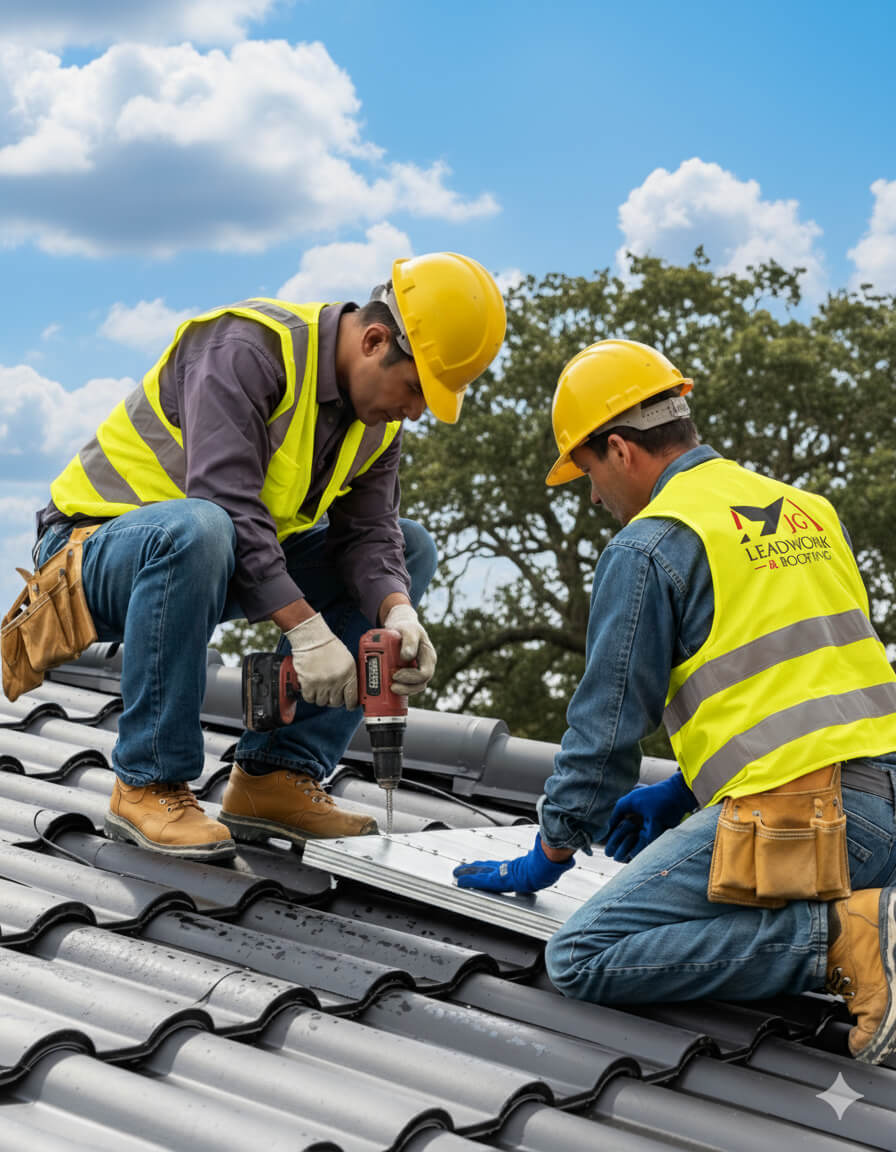
At JG Leadwork and Roofing, every project follows a structured QA process. Each stage—materials, installation, safety, and final sign-off—is measured against manufacturer specifications and UK Building Regulations to ensure durability, compliance, and warranty-backed performance across all roofing services.
Projects are only signed off once all QA checks are complete, giving clients confidence in long-term performance, structural safety, and insurance-backed peace of mind.
Every Roofing Services in Marylebone project by JG Leadwork and Roofing is delivered in strict alignment with UK Building Regulations and recognised frameworks. This ensures structural safety, energy efficiency, durability, and protects warranties and insurance coverage across residential, commercial, industrial, and heritage properties.
Clients can be confident their project is completed legally, safely, and insurance-ready—delivering long-term performance, compliance assurance, and complete peace of mind.
Property owners often wonder about Roofing Services in Marylebone—from costs and timescales to permissions. Below, you’ll find straightforward, trustworthy answers to the most frequent and practical queries.
Many property owners in Marylebone find leaks appearing suddenly after prolonged rainfall—and often, the true culprit is only uncovered with a qualified inspection. Understanding the technical root causes is essential, as leaks can result in interior water damage, increased insurance costs, structural safety issues, or even compliance violations if left unchecked. Here’s a breakdown of the fundamental mechanisms that drive these leaks, with plain-English explanations of how they appear and what they mean for your property.
Over time, roof coverings—whether tile, slate, felt, or membrane—are subject to wear, thermal movement, and UV breakdown. With pitched roofs, cracked or slipped tiles allow rainwater to bypass intended barriers, leading to capillary tracking (water drawing upwards into gaps) and internal drips or damp patches. For flat roofs, felt or membrane systems may develop blistering, tears, or “alligatoring” (crazed cracking) after years of freeze–thaw cycles—especially when exposed to standing water. Early signs include isolated water marks on ceilings, bubbling paint, or damp along skirting boards. If these breaches go untreated, underlying timber decks can rot, insulation may become saturated (reducing thermal performance), and persistent damp can trigger mould or decay.
Flashing—the metal or flexible strip sealing roof joins at chimneys, walls, or skylights—often causes leaks when compromised. Over years, lead flashing can split at folds, lose grip as fixings fail, or detach with thermal movement. Mortar bedding can also erode, creating entry points for rain. Poorly detailed abutments—such as where extensions meet original roofs or roof pitches change—pose additional risks. “Red flags” include staining under chimneys, vertical water runs inside party walls, or a lingering musty odour suggesting hidden, slow ingress. Ignored, water may track behind the flashing and soak into cavity insulation or damp-proof courses, driving up repair costs and potentially invalidating warranties.
Marylebone’s environment—heavy tree cover, strong winds, dense urban pollution—can exacerbate leak risks. Ponding water is common on flat roofs with insufficient “fall” (a slope for drainage); standing water as shallow as 5mm may double felt or membrane decay rates. Debris such as leaves or moss blocks outlets, causing overflow and pooling at roof edges. Poor insulation or ventilation (especially in roofs not compliant with Part L of Building Regulations) leads to interstitial condensation: moisture forms unseen within the roof’s structure, mimicking or worsening leak symptoms. Persistent wet insulation, black mould, or frost patches in winter—especially along cold perimeters or in attic spaces—often signal these issues.
Accurate diagnosis combines expert tools with systematic observation. Visual surveys—scanning for displaced tiles, degraded flashings, or surface depressions—are the starting point. Specialists use moisture metres to detect hidden damp in timbers or insulation, while borescopes let them view inside flat roof layers with minimal disruption. On challenging or large properties, drone surveys quickly spot split membranes or areas with water pooling. Core samples (removing small sections of a flat roof) provide evidence of insulation or deck moisture. A methodical, cause-led checklist helps ensure nothing is missed, as shown below:
| Root Cause | Common Symptom | Risk if Left Unchecked | Indicative Remedy |
|---|---|---|---|
| Split lead flashing | Damp/mould at chimney | Structural timber rot, collapse | Re-seat, weld, or replace flashing |
| Cracked/missing tiles | Drips under roofline | Ceiling collapse, insulation wet | Replace tile, check underlay |
| Ponding on flat roof (5mm+) | Ceiling stains, soft deck | Membrane failure, internal leaks | Improve drainage, resurface |
| Inadequate insulation/ventilation | Condensation, black mould | Rot, health risk, energy loss | Upgrade insulation, add venting |
Regular, thorough inspection and prompt action on these technical cues protect your property from minor damage spiralling into major and costly problems—safeguarding both value and safety in Marylebone’s varied building stock.
Deciding between slate and tile roofing for a property in London brings key cost, compliance, and planning issues into focus. Price differences can be significant because of material selection, installation demands, and the city’s unique site challenges. For property owners, managers, and professionals, understanding these differences matters for budgeting, meeting UK Building Regulations, and safeguarding long-term investment. Here is a structured breakdown of the main factors that drive the price gap between slate and tile roofing in London.
The roof covering is usually the largest single cost. Natural slate—a quarried stone—costs considerably more than man-made concrete or clay tiles. For instance, Welsh or Spanish slate can be 50–100% higher per square metre than standard interlocking tiles at trade rates. The reason: slate offers a working life of 80–100 years, often outlasting multiple generations of tiles, which typically last 40–60 years before surface wear or cracking.
This means the up-front outlay for slate is higher, but its long lifespan can offer better value per year, especially on heritage or high-value properties.
Labour is another major factor—often 40–60% of a typical roof replacement cost. Installing slate is slower because every slate is sized and fixed individually, following the strict procedures in the BS 5534 standard (the British Standard for Slating and Tiling). This includes double-nailing or hook-fixing slates to battens for secure waterproofing. In contrast, modern roof tiles (especially large interlocking formats) are quicker to fit and can reduce labour charges and scaffold time, resulting in measurable savings.
However, both systems must comply with Building Regulations Part A (structural strength) and specific wind-uplift and pitch standards in BS 5534. Slate installations, especially with decorative designs or features, often require specialist skills—something that can drive up prices in urban environments like Marylebone.
London’s urban environment adds distinctive external pressures:
A direct comparison can clarify how each element weighs in on your decision:
| **Factor** | **Slate Roofing** | **Tile Roofing** | **Why It Matters** |
|---|---|---|---|
| Material Cost (per m²) | Higher (£35–£90) | Lower (£18–£40) | Impacts initial project budget |
| Projected Lifespan | 80–100+ years | 40–60 years | Determines value for money over decades |
| Labour & Complexity | High (requires skill) | Moderate (faster) | Specialist skill/time = higher labour |
| Conservation/Listed Rules | Often required | Seldom permitted | Planning and legal compliance |
| Maintenance Requirement | Lower (slate) | Medium (tile) | Influences future repair costs |
Other considerations, such as Part L (energy performance/U-value, a measure of heat loss) and sourcing issues for certain materials, can add to costs or limit choices. Always consult your design team or an experienced roofing contractor about compliance with BS 5534, Part L, and local planning policies before selecting slate or tile. This ensures the chosen roof both protects the property and remains within legal requirements for decades to come.
Slate and tile roofs are renowned for their durability and longevity, yet regular maintenance is essential to ensure they remain watertight and structurally sound—especially given the UK’s fluctuating climate. For homeowners, landlords, facility managers, and heritage custodians, small, scheduled interventions are far less disruptive and expensive than emergency repairs after a leak or storm damage. Routine care protects investment, supports building safety, and preserves the long-term appearance of period and modern properties alike.
Although both slate and tile roofs are built for the long haul, exposure to wind, rain, freeze–thaw cycles, and natural movement will eventually affect fixings, surfaces, and water channels. Overlooking maintenance can cause slipped or cracked tiles, blocked drainage, and more significant structural deterioration across the roof and the building’s interior.
Professional bodies recommend a visual roof inspection every two to five years, best scheduled in late autumn (after leaf fall) or early spring (following winter’s harsher weather). Essential elements to assess include:
For many properties, especially those with higher roofs, a qualified roofer should carry out these checks. However, owners or managers can often spot moss build-up, slipped elements, or blocked guttering from ground level.
Maintenance isn’t one-size-fits-all; building features and local environment heavily influence required care:
Landlords are legally obliged to address visible maintenance issues, particularly slipped tiles or water ingress, as neglect can invalidate insurance and expose occupants to risk.
Effective maintenance hinges on good drainage. Key actions include:
Where roofs are steep or difficult to access, use of trained professionals and safety equipment is mandatory—never risk DIY on high, sloped, or fragile sections. Home insurance and roofing warranties may require documented maintenance evidence.
| Material | Typical Lifespan | Inspection Frequency | Maintenance Needs |
|---|---|---|---|
| Natural Slate | 80–100 years | Every 5 years | Replace slipped/broken slates, check fixings |
| Clay Tile | 50–75 years | Every 3–5 years | Change damaged tiles, clear moss |
| Concrete Tile | 40–60 years | Every 2–3 years | Monitor weight, replace cracked tiles |
| Fibre Cement | 30–50 years | Every 2 years | Recoat and monitor edge conditions |
Roofs must also feature well-maintained thermal expansion joints—purposeful gaps that let materials expand or contract during temperature swings, helping avoid cracks or displacement resulting from seasonal cycles.
Allowing maintenance to lapse can lead to leaks, underlying timber decay, and increased repair costs. Consistent, well-documented care ensures that slate and tile roofs remain a dependable shield over your property for many decades to come.
Choosing a roofing service goes beyond the initial price tag—it’s about securing your long-term investment, reducing the risk of hidden expenses, and satisfying legal obligations. For Marylebone property owners and managers, clear cost breakdowns, strong warranty provisions, and verifiable installer credentials are non‑negotiable. These elements keep your roof performing as it should, prevent unwelcome financial shocks, and ensure you pass the muster of insurers, mortgage lenders, and local building inspectors.
A roof should be a source of confidence, not future anxiety. In a district where heritage status is common and property values are substantial, shortcuts are rarely worth the headache or the long-term expense.
The cost of roofing can swing widely depending on a handful of core factors:
| Service Type | Typical Range (UK) | Key Influences |
|---|---|---|
| Roof Repair | £250 – £1,200 | Damage type, access, materials |
| Roof Replacement | £5,000 – £15,000+ | Size, structure, insulation, finish |
Understanding these drivers enables property owners, landlords, and commercial managers to build realistic budgets and avoid financial curveballs.
Every reputable roofing project should come with an insurance-backed warranty—a legally binding guarantee that typically lasts for 10 to 20 years. This form of protection covers not just materials and workmanship, but often the entire structural integrity of the roof. Crucially, if the contractor ceases trading during the warranty period, the insurance element ensures your protection isn’t lost.
Omitting such cover leaves you exposed to undetected faults that can trigger denied claims or failed surveys years after the work is done.
Minimising future problems starts with hiring an accredited installer. Qualifications such as NVQs in roofing, CITB training, or membership in bodies such as Which? Trusted Trader or TrustMark signal that a contractor has met national standards and understands the complexities of UK Building Regulations.
A properly vetted professional demonstrably reduces the chance of post-installation headaches and increases confidence come insurance renewals or property sales.
Pursuing the lowest quote often exposes property owners to significant risk:
Short-term savings are quickly erased by long-term costs, unnecessary stress, and legal complications—a scenario fully avoidable with careful planning and the use of an accredited installer.